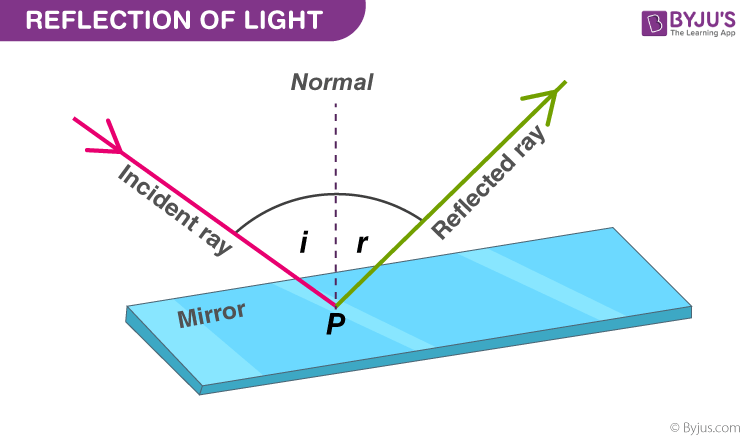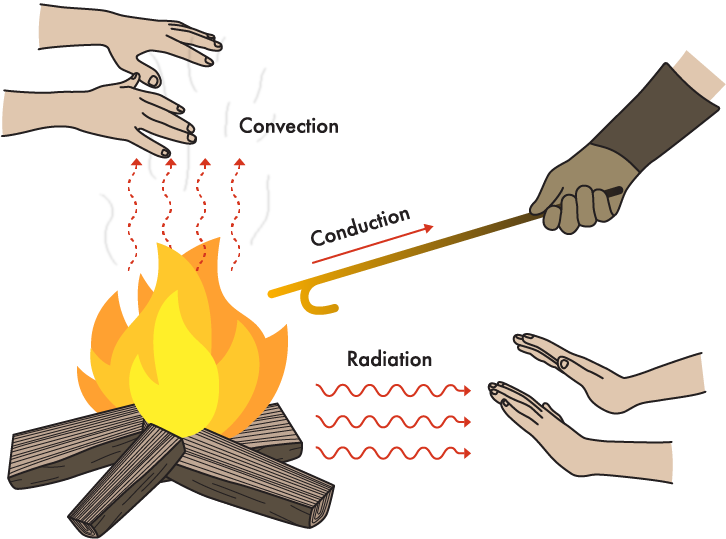
SHGC vs U-Value
There are several factors to consider when thinking about replacement windows. Besides aesthetic qualities that will complement our home’s architectural style, we want our new windows to last for many years and keep the elements out and let natural light in. Another important consideration is energy efficiency. In North Texas, we have grueling hot summers. We want to keep the heat out of our homes during this time and to prevent it from escaping during the winter months. Our air conditioners and heaters have to work harder when our windows are not energy efficient. In this post, we will learn about heat gain and loss and examine two specific terms used to describe how they are measured; SHGC and U-Value. Readers will have a better understanding of how windows are rated and how those ratings relate to a comfortable home.
Use the links below to skip ahead:
Terminology
Before we discuss heat gain and loss and how those concepts relate to windows and cooler homes, we need to define a few terms used in the overall explanation.
Reflection is when a ray of light approaches a surface and makes an impact and bounces back. The ray that bounces back is called the “reflected ray↗.” Absorption occurs when light waves are absorbed by the glass and are converted to heat. Light waves that pass through an object, in this case, light waves that pass through the windows and into a building, are said to be transmitted or what is known as transmittance.
Conduction is the process by which heat transmits through a window from the hotter side to the cooler side. Radiation is the transmission or emission of energy waves through space or an object. Convection is the transfer of heat by movement in air or water. Hot air rises and cool air falls.
What is SHGC?
Solar heat gain coefficient measures the amount of solar radiation that passes through a window through reflection, absorption, and transmittance. Regardless of the temperature outside, windows can still absorb heat through solar radiation. A high SHGC value means the window allows greater amounts of solar radiation to pass through and heat up the home. SHGC is represented by a number that tells us how much solar radiation enters a home through a window, door, or skylight. It is expressed as a number between 0 and 1. The lower a window’s solar heat gain coefficient, the less solar heat it transmits. SHGC can be expressed in terms of the glass alone or can refer to the entire window assembly.
What is U-Value?
U-Value, which is sometimes also called U-Factor, is used to define window thermal performance. In other words, it measures the rate of heat transfer or in the case of windows, how much heat is lost or gained when it passes through the glass. It accounts for both the heat that enters and exits the glass. The U-Factor may be expressed for the glass alone or the entire window, which includes the effect of the frame and the spacer materials. The lower the U-Factor, the greater a window’s resistance to heat flow, and the better the insulating value.
What is R-Value?
Another term that may come up worth noting is R-Value. R-Value measures a product’s resistance to heat flow. In many cases, it directly refers to essentially rating the thickness of insulating material. Some manufacturers use this number because it is easier for consumers to understand. The higher the R-Value rating is, the better it insulates and prevents the flow of heat. In a sense, as the R-Value goes up, the U-Value goes down. While U-Value accounts for the heat that enters and exits, R-Value only measures the resistance to heat flow.
Comparing the Numbers
SHGC and U-Value seem similar because they both rate window performance for energy efficiency and how well they protect your home from heat. However, SHGC has to do with “solar” heat while U-Value has to do with “non-solar” heat. The important thing to know about U-Value is the lower the rating number, the better it will perform in keeping out unwanted non-solar heat because of its insulating properties regardless of your geographic location. The desired SHGC rating for your windows will depend on where you live. What SHGC rating should you choose for your windows? For North Texas residents, we want a lower SHGC rating to reduce heat gain due to our exceptionally hot summers and mild winters, while our northern neighbors would want a higher SHGC rating.
- In colder climates choose windows with a high SHGC.
- In warmer climates choose windows with low SHGC to reduce heat gain.
Where can you find the ratings for SHGC and U-Factor for your windows? Quality windows should have a rating label from the National Fenestration Rating Council (NFRC). The NFRC↗ is a non-profit organization that establishes standardized ways to test the performance of windows and doors. The council also provides consumers with energy performance ratings allowing them to verify information provided by window dealers and manufacturers.
SHGC and U-Value ratings are important factors that will help you understand the performance quality of your window options. Understanding these values will also help you determine if the windows you are choosing are worth the asking price. If you live in Dallas-Fort Worth and are considering replacement windows, contact Brennan. We’ll help you select windows you will love with great energy efficiency that will keep your home comfortable year round, even when it’s 100 degrees outside in August. Use the contact form to get started.
Oops!
We don't currently serve your area but do want to help you plan your project. Try our Build & Price tool to get an idea of window & door costs within DFW. Your area may be higher or lower but at least you'll have some idea of the price.
Thanks for stopping by.











